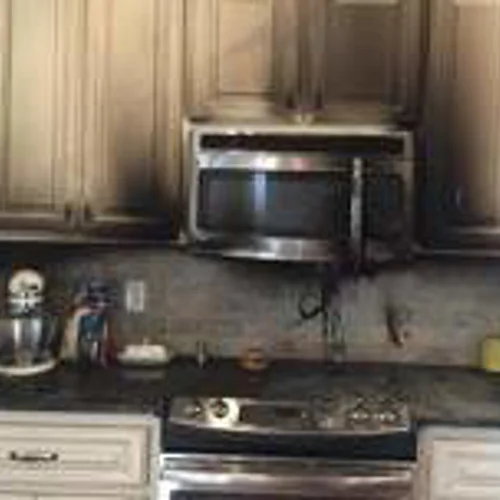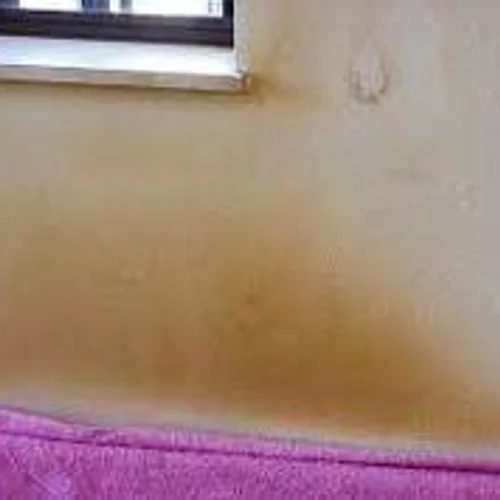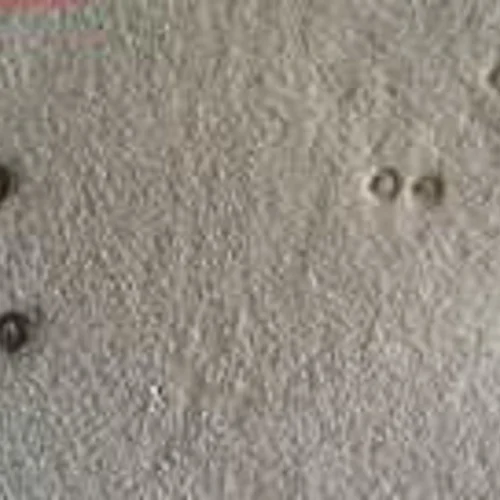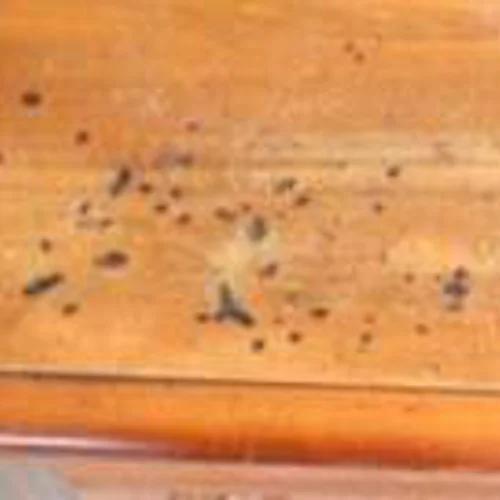P - Previous signs of fire
Remember, burn marks are signs of a fire that just hasn’t taken hold yet!
Below are some examples of warning signs for fire scoring.




Occupiers that have had previous fires in their homes may continue to be exposed to risk due to the conditions that allowed a fire to start in the first place. This could be due to medical conditions, occupations such as smoking, or through their living conditions and lifestyle.
Smoke detection and the ability of the individual to respond to an alarm are considered in this category.
- Fitting a smoke alarm on every floor of a home should be recognised as a minimum standard (in a circulation space such as a hall or a landing)
- Detectors should be sited on a horizontal surface, no closer than 300mm from a light fitting or a wall
- It is recommended that additional smoke alarms are fitted in every room which is regularly inhabited by the occupants, based on the level of fire risk.
- Smoke detectors should be tested regularly – once a week is recommended
- Linked smoke alarms are beneficial where it is unlikely the person would alert emergency services in the event of a fire
For all scores below, it is important to consider the person’s physical ability to respond to alarm, to hear the alarm (consider sensory impairments) and their cognitive ability to recognise an alarm, respond appropriately and recall evacuation plan. We should also consider whether alcohol or drugs would impact on their response.
-
1 - Rare
No signs of fire - would respond to an alarm
-
2 - Unlikely
No signs of fire - would not respond to an alarm. Automatic detection in place
-
4 - Possible
No signs of fire - would not respond to an alarm. No automatic detection in place
-
8 - Likely
Actual fire in the past 12 months (other than current incident) - would respond to an alarm. This includes any evidence of historic burn marks
-
10 - Extremely Likely
Actual fire in the past 12 months (other than current incident) - would not respond to an alarm.
This includes evidence of historic burn marks